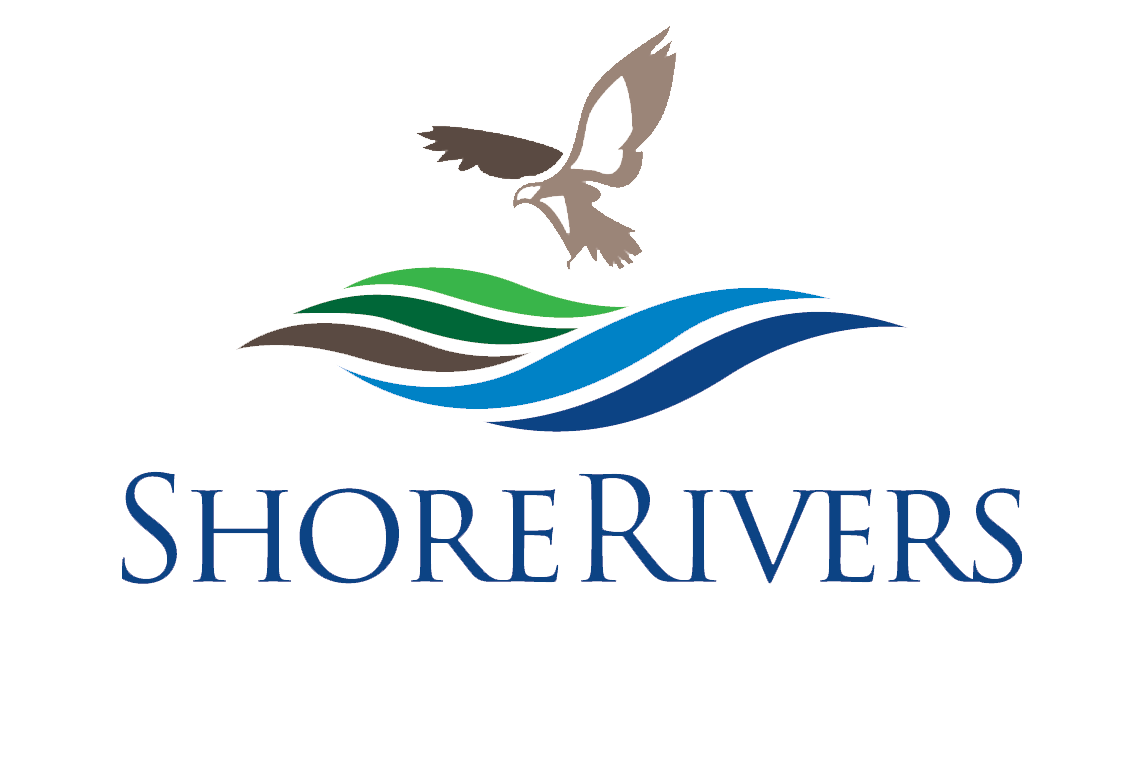SwimTesters: Bacteria Monitoring
“Is it safe to swim in the water?” This is a common question ShoreRivers is asked throughout the summer months when members of our community are hoping to find a refreshing place to cool off from the seasonal heat. To better answer this question, and to identify potential pollution hotspots, ShoreRivers runs a seasonal bacteria monitoring program.
ShoreRivers SwimTester volunteers monitor nearly 50 sites where people frequently come in contact with water, including popular swimming locations, marinas, yacht clubs, and towns. Volunteers collect water samples every Thursday morning from Memorial Day to Labor Day and deliver them to our offices. Riverkeepers then analyze the samples and distribute data on bacteria levels in the river. We aim to provide the public with the information they need to make educated decisions about their contact with the water. If you want to become a SwimTester, fill out the volunteer form below and we will be in touch.
If you would like to sponsor a bacteria testing site ($750 per season), use the button below to make your contribution or contact your Riverkeeper for more information about priority locations. To learn the latest seasonal bacteria testing results, visit theswimguide.org or follow #SwimmableShoreRivers on Facebook or Instagram.
SAMPLING PROTOCOL
ShoreRivers follows EPA’s standard protocols for collecting and analyzing samples for enterococci, a type of bacteria commonly found in human and animal waste. Enterococci can enter our rivers when rain washes it in from failing septic systems, animal fertilizer off farm fields, livestock waste, sewer spills or overflows, pet waste, or wildlife.
The protocol uses a pass/fail system to determine if enterococci levels are safe or unsafe for swimming. For a single sample taken at one location, 104 MPN*/100 ml* is the threshold used to determine if the concentration meet acceptable swimming levels. Maryland regulations identify this threshold to determine safety at designated swimming beaches throughout the state (Code of Maryland Regulations 26.08.09.01). At a site where three or more samples are collected at once, a geometric mean is calculated and 35 MPN*/100 ml is used as the threshold for safe swimming.
Note that while enterococci is an EPA recommended indicator for human health, there are additional risks with open water swimming that we do not regularly monitor, including vibrio, toxic algal blooms, and other biological and chemical toxins. Bacteria levels can also change, particularly as a result of significant rain events. Ultimately, each individual is responsible for making the decision to swim in our rivers. For more information regarding lowering the risk associated with open water swimming, please review our tips for safe swimming on the previous page.
*MPN = Most Probable Number of enterococci colonies.






